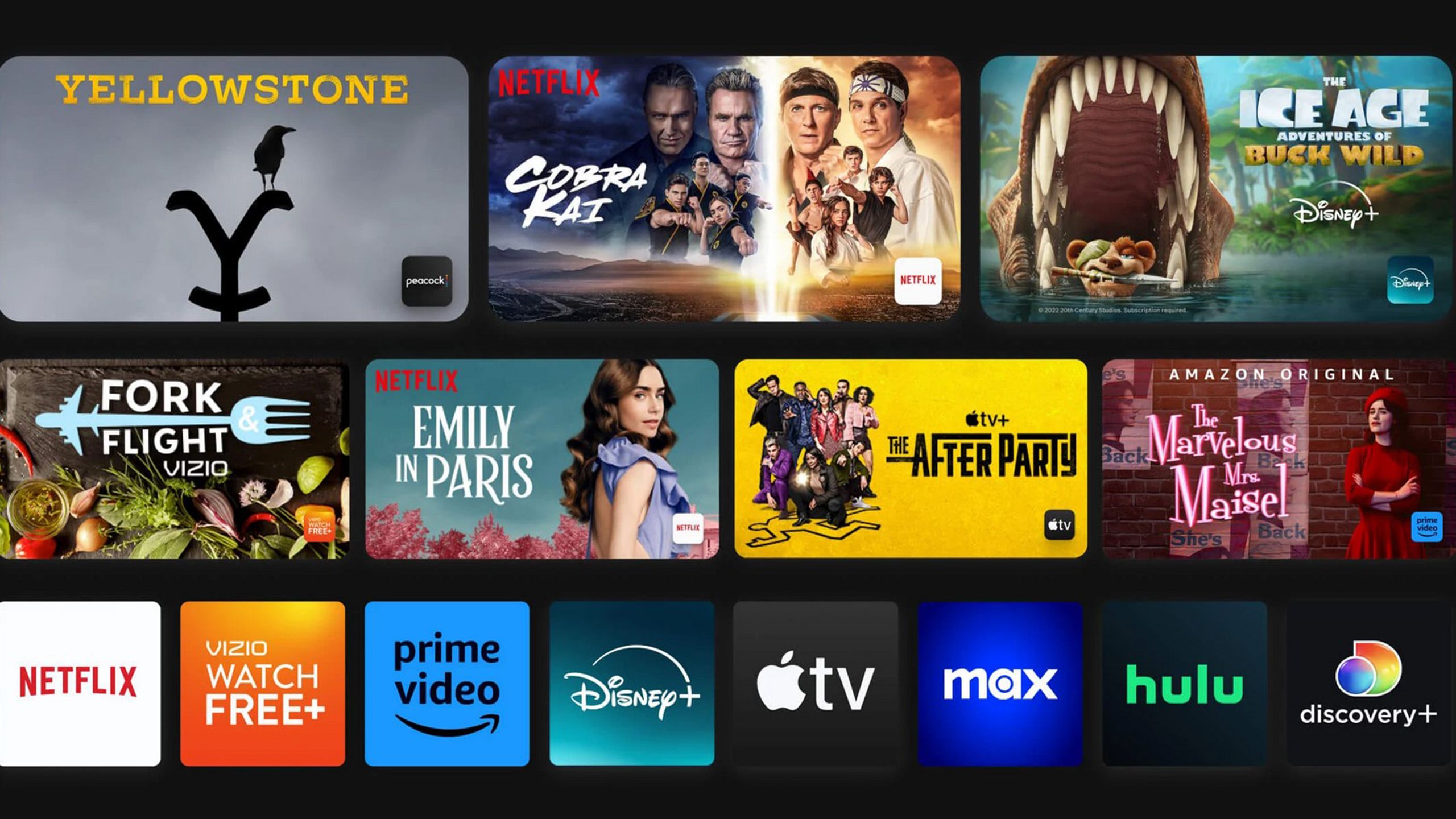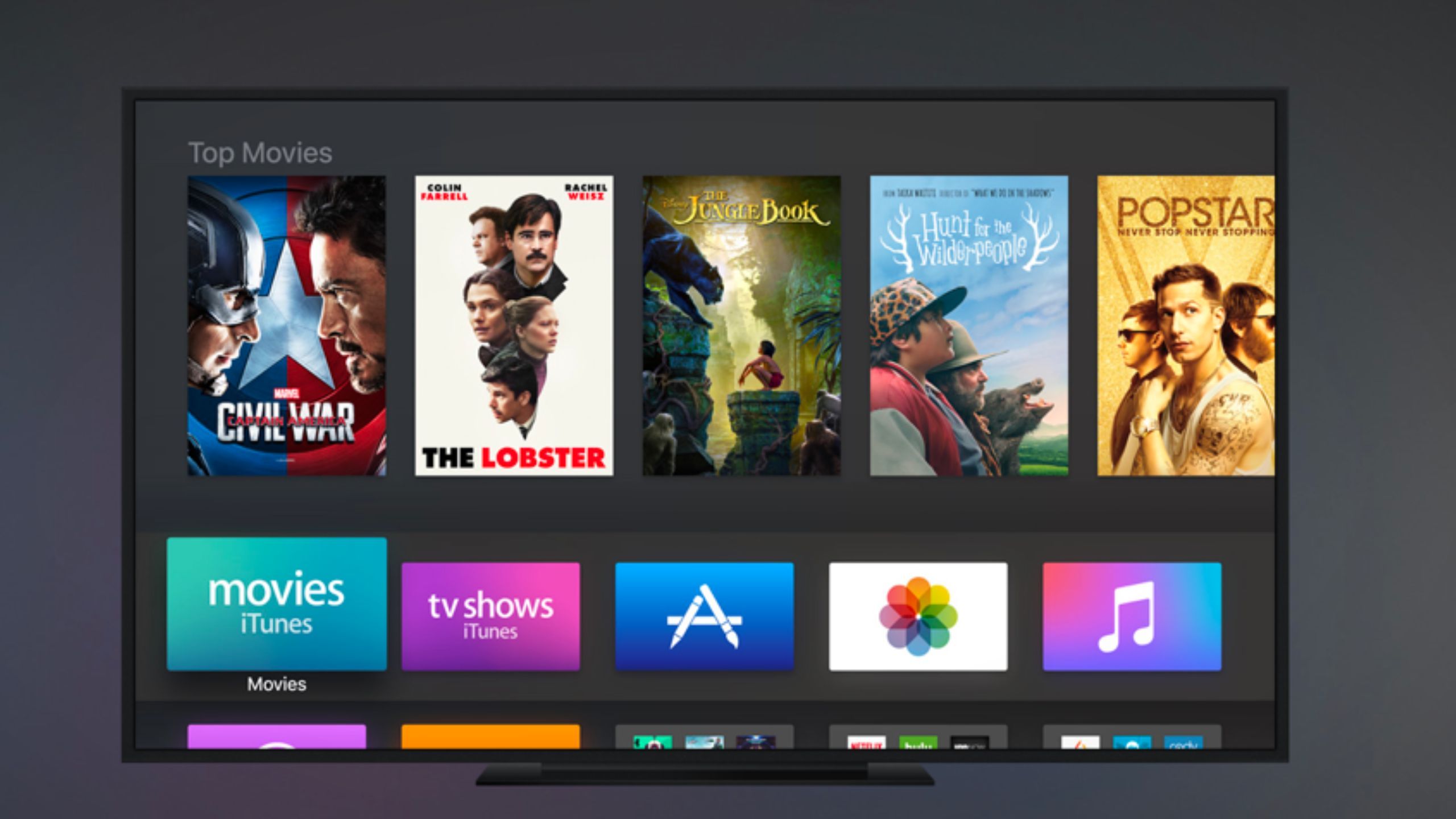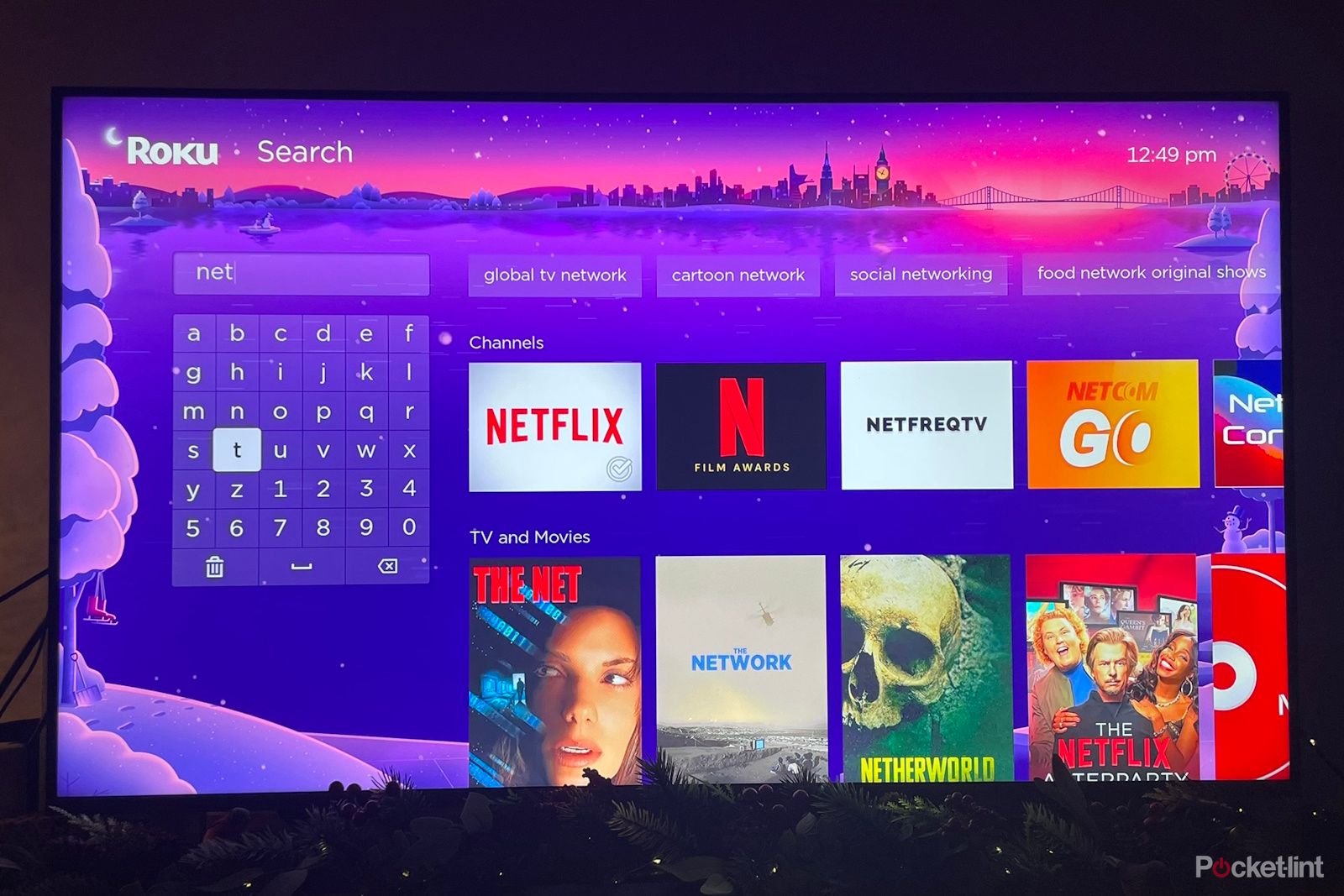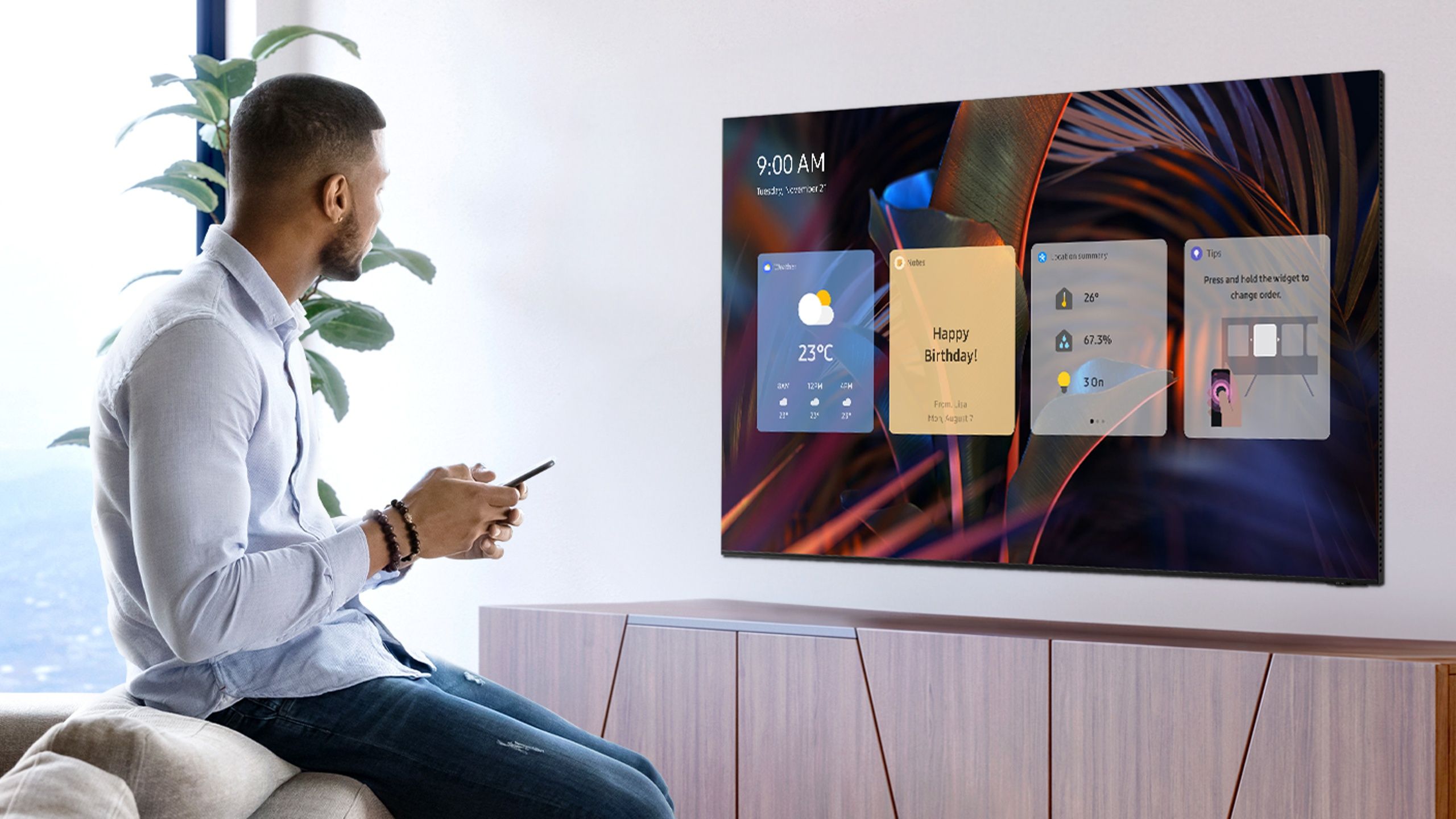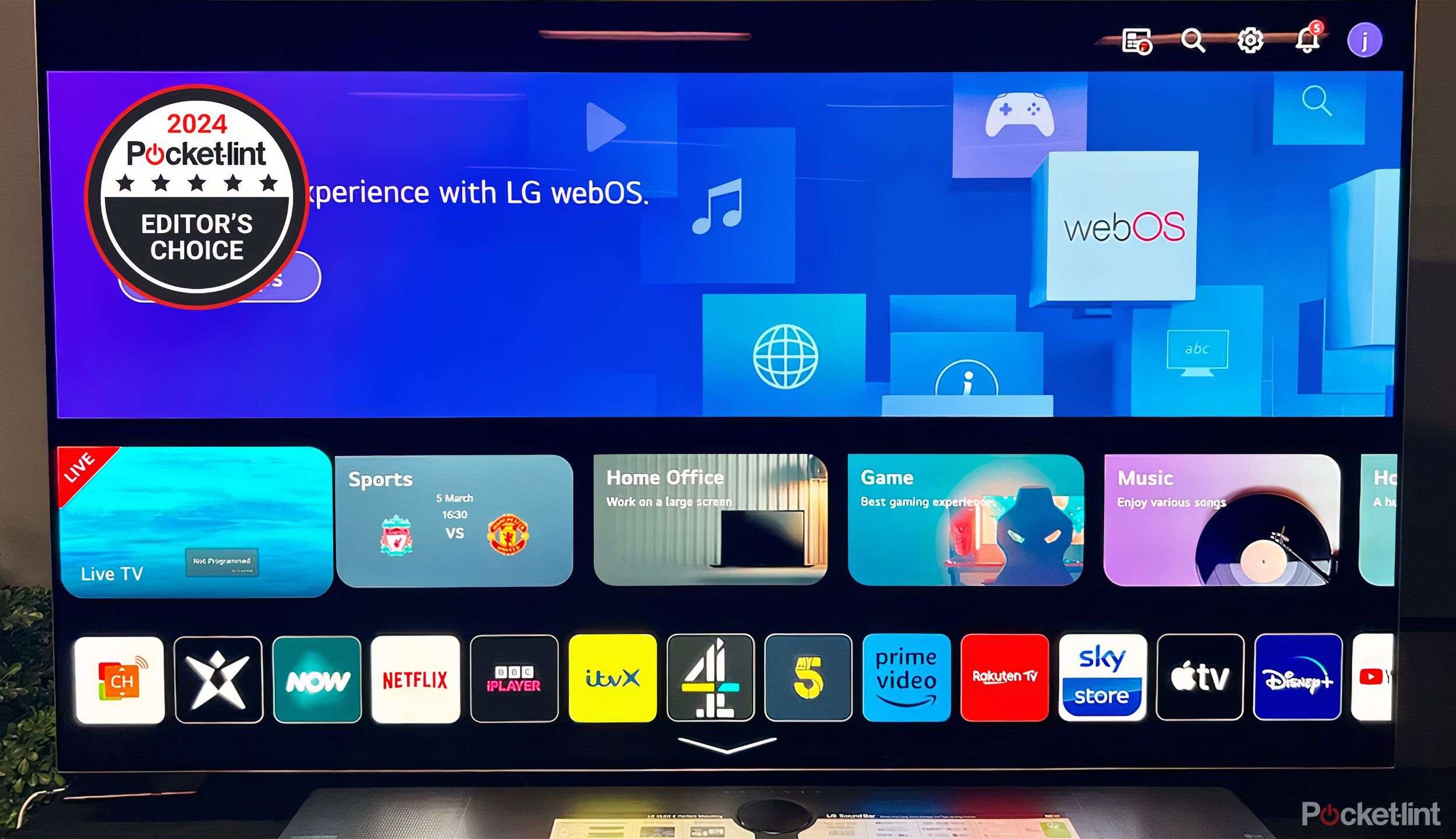Key Takeaways
- LG’s WebOS and Samsung’s Tizen offer fast and simple navigation with helpful AI and virtual assistants.
- Google TV and Roku TV provide high personalization and superior search functions.
- Fire TV and SmartCast tend to be cheaper, but they will come with ads and promotions.
There are many factors that go into buying the best smart TV to suit your viewing needs. The screen type, size, processing power, refresh rate, and brightness, all play a role, as well they should.
Often overlooked, however, is the role of a smart TV’s operating system, which greatly influences how easy or hard it is to find what you want to watch.
Smart TVs are computers, and the OS is the platform it runs on, and when you’re deciding on your next TV, it’s important not to overlook this crucial factor.
Smart TVs are computers, and the OS is the platform it runs on, and when you’re deciding on your next TV, it’s important not to overlook this crucial factor. When rating smart platforms, its important to note how easy and fast they are to navigate, what smart integrations and assistants are offered, and also how they look. After all, you’re going to be spending quite some time looking at your home screen and dashboard.
7 settings to automatically check on your smart TV
Get the most out of your brand new flat panel via adjusting your TV’s picture, sound, and input settings will help you.
Here are the best operating systems for your smart TV, ranked from worst to best.
7 SmartCast (Vizio)
Plenty of integrations as well as advertisements
Vizio
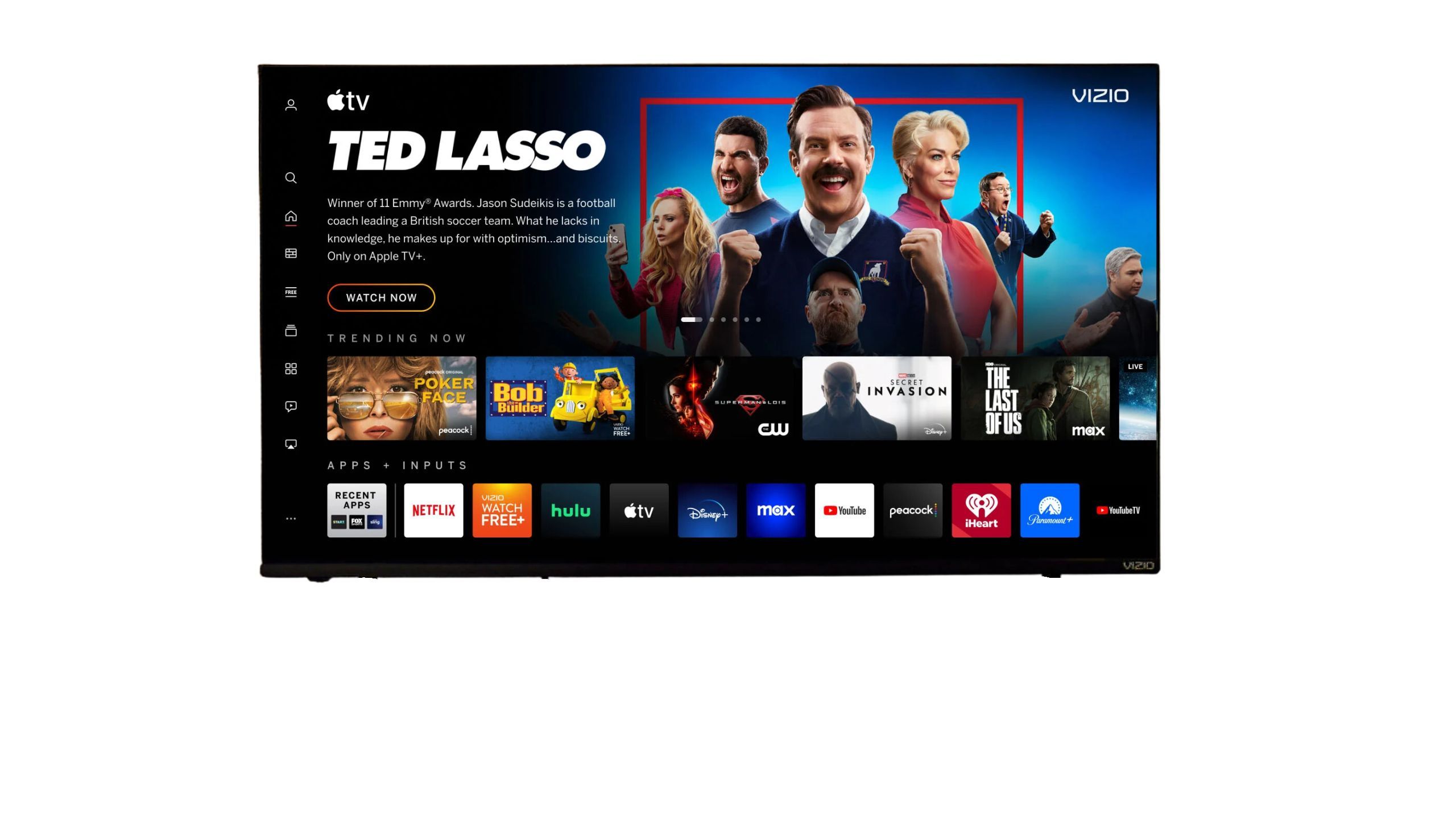
SmartCast (Vizio)
Vizio is most notable for offering cheap TVs, but that low upfront price comes with a cost in the backend. Nowhere is that more apparent than SmartCast, Vizio’s OS that collects a lot of data and promotes specific content and pushes advertisements.
- Operating system
- SmartCast (Vizio)
- Ease of use
- Slow
- Smart assistants
- Optional Voice Control
- Ad presence
- High
- App availability
- Good
- Notable features
- Integrates with Apple AirPlay and Google Chromecast
While Vizio’s SmartCast offers the popular apps, it is among the slower platforms, so don’t expect to get where you’re going with any haste, especially if you intend to spend a lot of time scrolling to look for something to watch. It also lacks a built-in voice assistant, although you can connect your own, and the search function isn’t particularly special. It does work with Apple AirPlay and Google Chromecast, and allows you to control the TV with your voice provided your using the Voice Remote or compatible app.
Still, with the prospect of Walmart taking over Vizio, this platform becomes a lot more dubious as it potentially morphs into a commerce platform, similar to Amazon Fire, but without the perks.
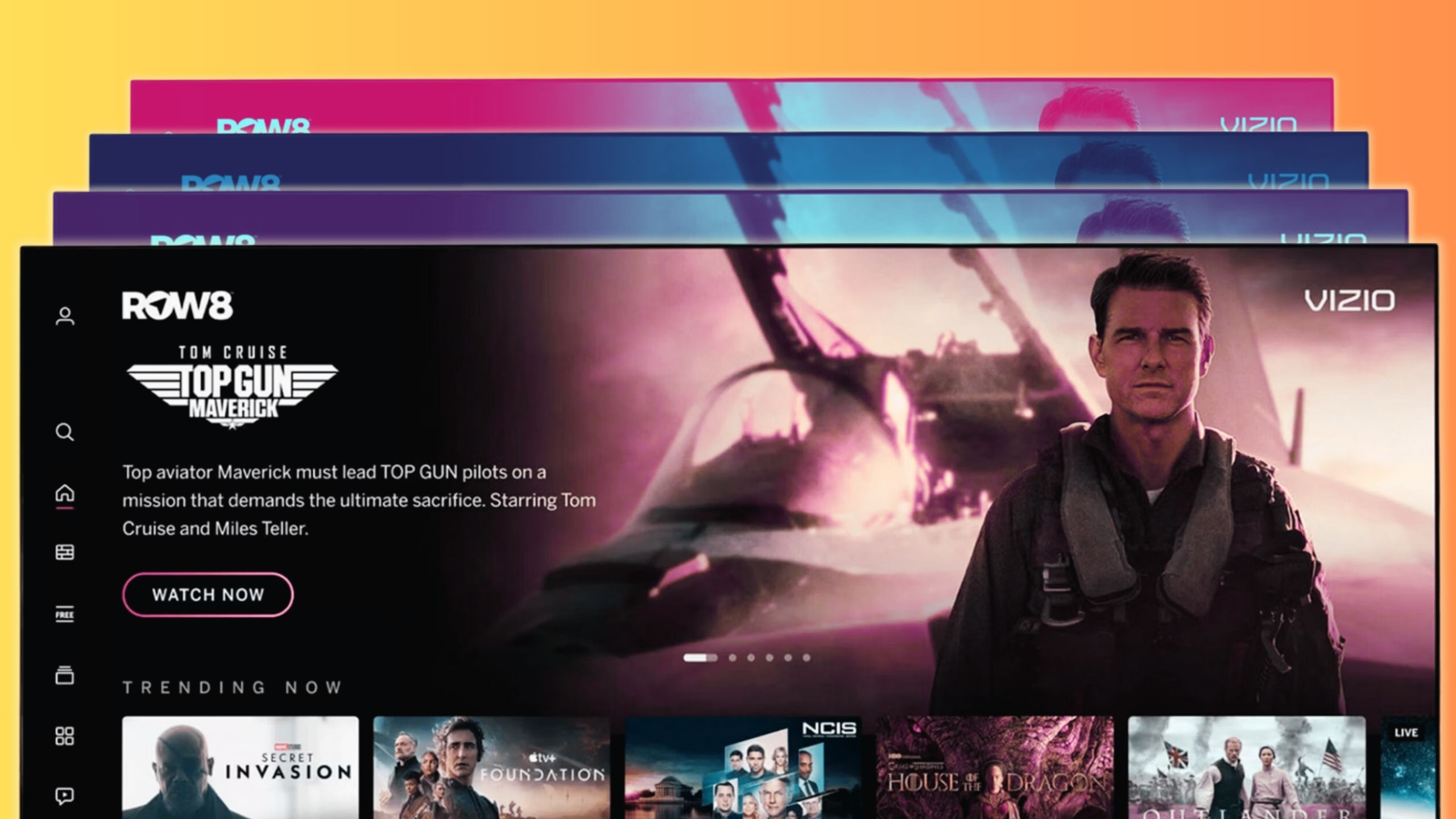
5 things to consider before buying a Vizio TV
The budget TV brand has tempting prices, but comes with a few compromises.
6 Apple’s tvOS
Sleek yet minimal
Apple
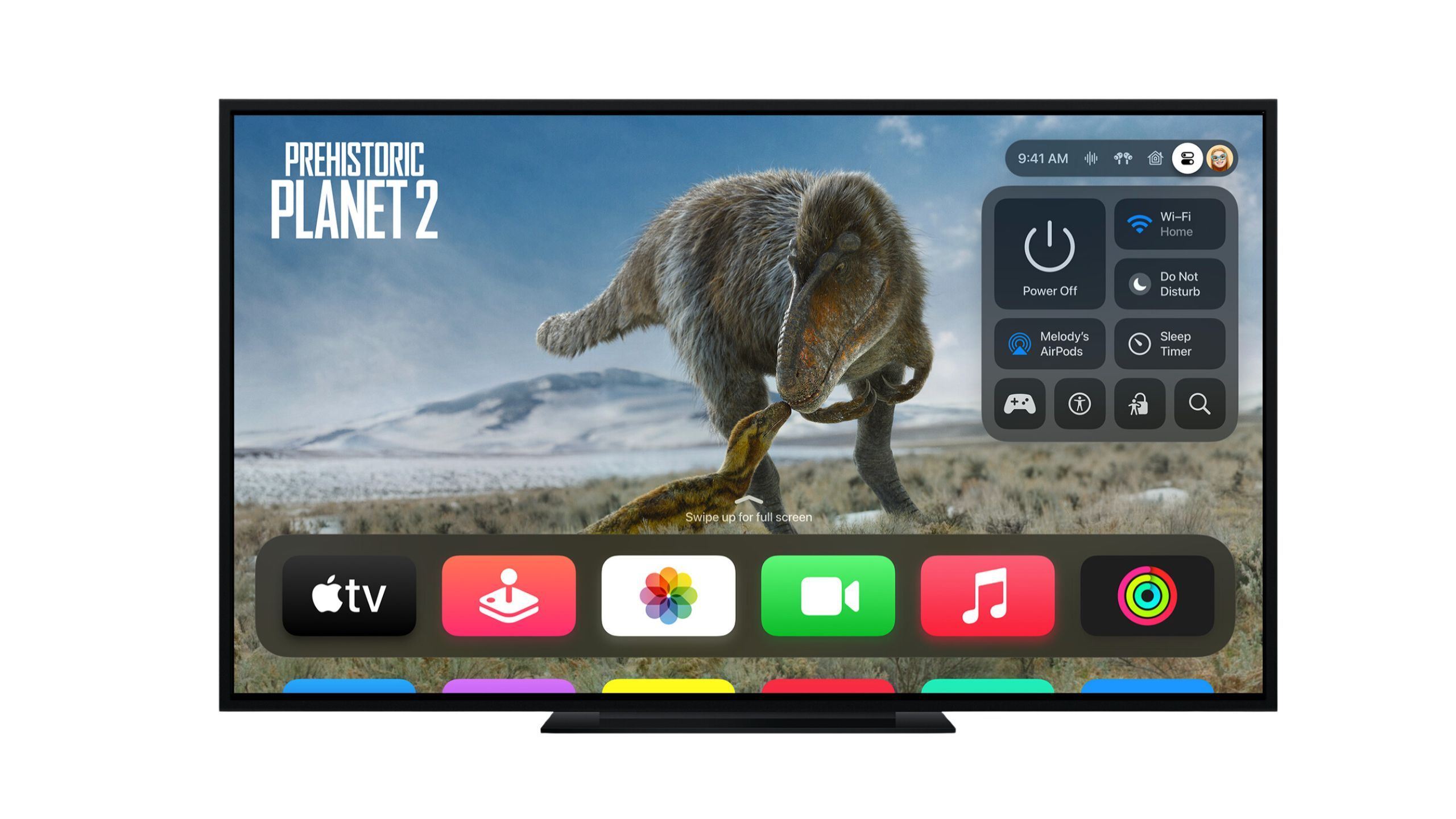
Apple’s tvOS
As anyone familiar with Apple products would expect, the company’s TV OS is beautiful, refined, and easy to use.
- Operating system
- Apple’s tvOS
- Ease of use
- High
- Smart assistants
- Siri
- Ad presence
- Minimal
- App availability
- Moderate
- Notable features
- Best with other Apple products; sleek design
More than any other platform, Apple’s tvOS makes every show and movie look, just by a title image. However, it’s still relatively lightly populated, especially compared to other platforms. Apple TV isn’t built into TVs either, so in order to enjoy the smart platform, you need to invest in a streaming device to connect to your TV. Apple’s TV OS naturally best integrates with Apple products, and provides access to on-demand and live content, as well as the opportunity to rent or buy newer titles.
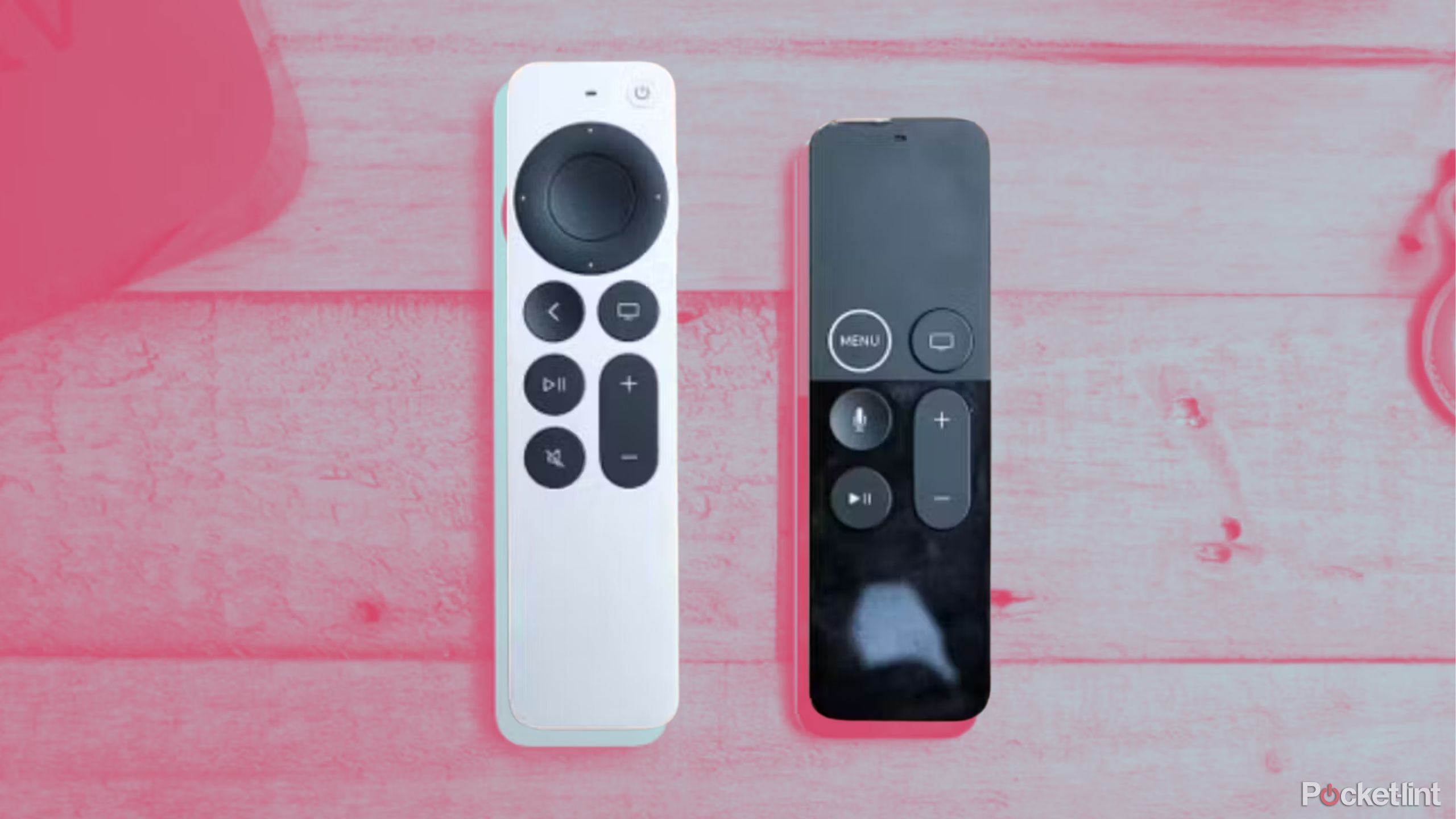
9 signs you should upgrade your Apple TV
Whether your Apple TV is suffering from serious buffering or you’re still watching in HD, here are some telling signs to upgrade.
5 Fire TV
By and for Amazon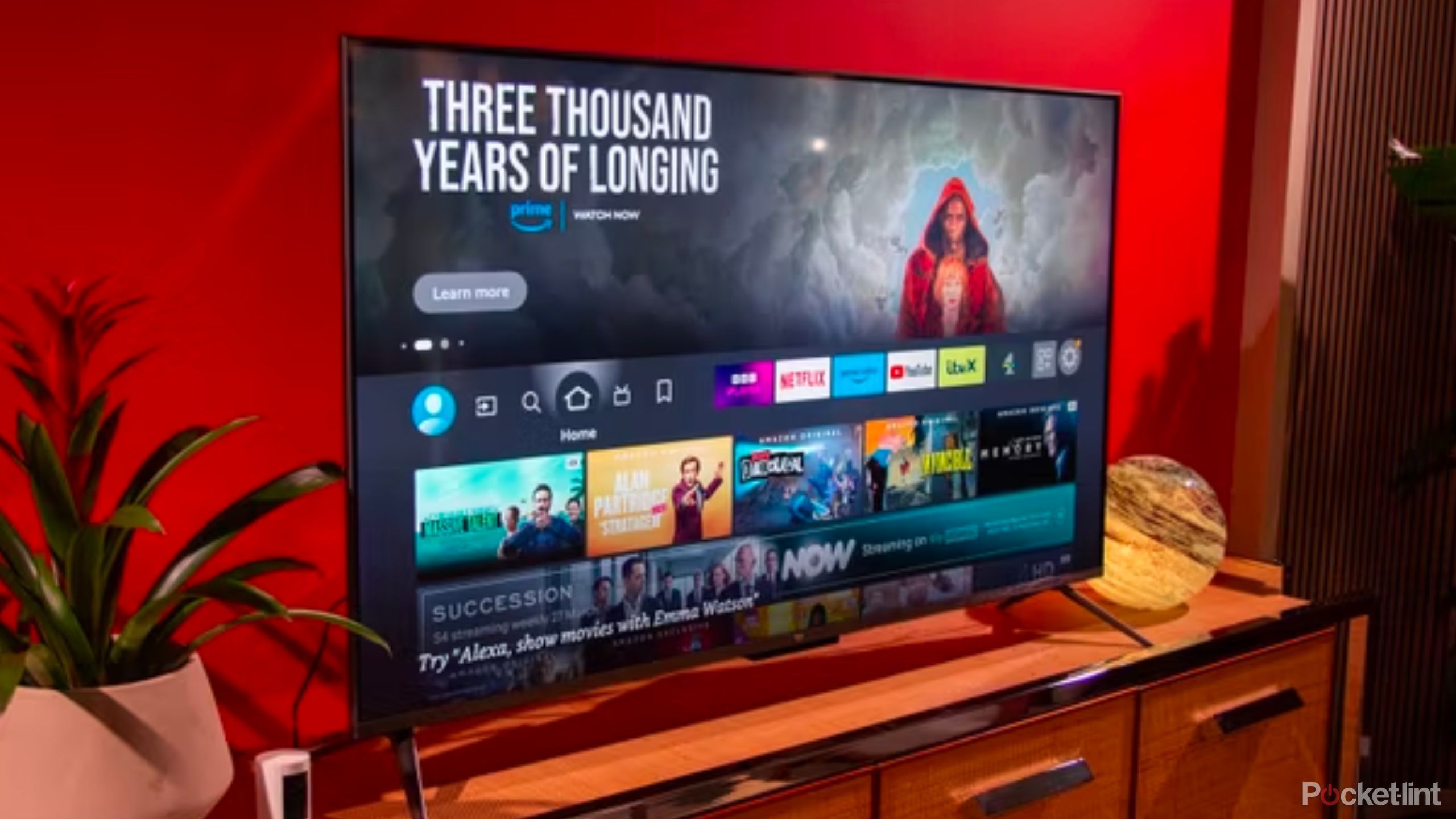
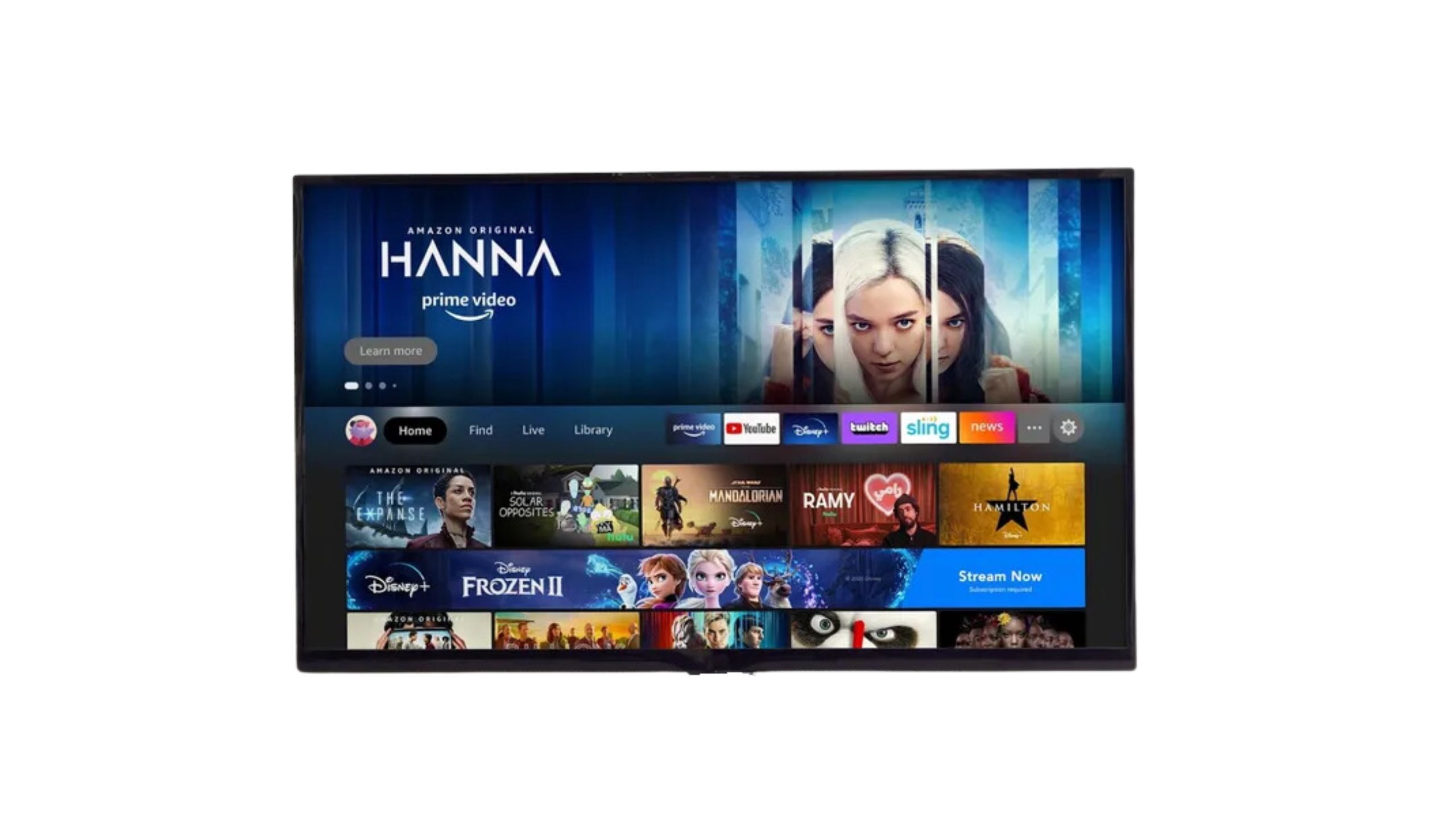
Fire TV
With Fire TV, you get the best and worst from Amazon. That includes optimizing the use of Alexa, but also welcoming a lot of ads and promotions for Amazon content and products.
- Operating system
- Fire TV (Amazon)
- Ease of use
- High
- Smart assistants
- Alexa
- Ad presence
- High
- App availability
- Wide
- Notable features
- Optimized for Prime Video; intrusive ads
Fire TV comes from Amazon, but it is often more popular as a streaming stick or device than when it’s built into TVs, mainly because the TVs it comes with tend to be smaller, cheaper, and less impressive than others.
Yet, the Fire TV system is ideal for those enjoying Prime Video and all of Amazon’s other interconnected services and apps. The platform is fast, intuitive, and comes with a wide selection of popular and niche streaming services.
There has been some problems in the past with Amazon not really wanting to support competitors. While you can mirror from your phone, Fire TV does not work with Apple AirPlay or Google Chromecast.

Sick of Prime Video’s new ads? Here’s how to remove them
It may require an upgrade, but you’ll be ad-free on both any Prime TV app or the web.
4 Roku TV
Distinct and diverse

Roku TV
Roku TV has steadily moved up the ranks over the years; recent updates offer lots to be excited about, but also provide a few pauses.
- Operating system
- Roku TV
- Ease of use
- High
- Smart assistants
- Yes (Various)
- Ad presence
- Increasing
- App availability
- Wide
- Notable features
- Neutral content promotion; intuitive interface
Overall, Roku TV is fast and easy to use, and perhaps most notably, doesn’t (yet) try to push you in any particular direction when it comes to what company’s content you should watch. However, as is a blossoming trend, it looks like ads may be coming to Roku TV home screen.
Still, Roku boasts an impressive search function and the ability to stay organized when tracking what you want to watch right now and into the future. It comes with voice control and a versatile remote to enhance convenient control. Roku can be found on TCL, Philips, and Hisense TV models, as well as Roku streaming devices. There’s also Roku City, a unique and fun diversion that was initially a screensaver for the platform, but has since blossomed into a zen-like escape for home viewers.
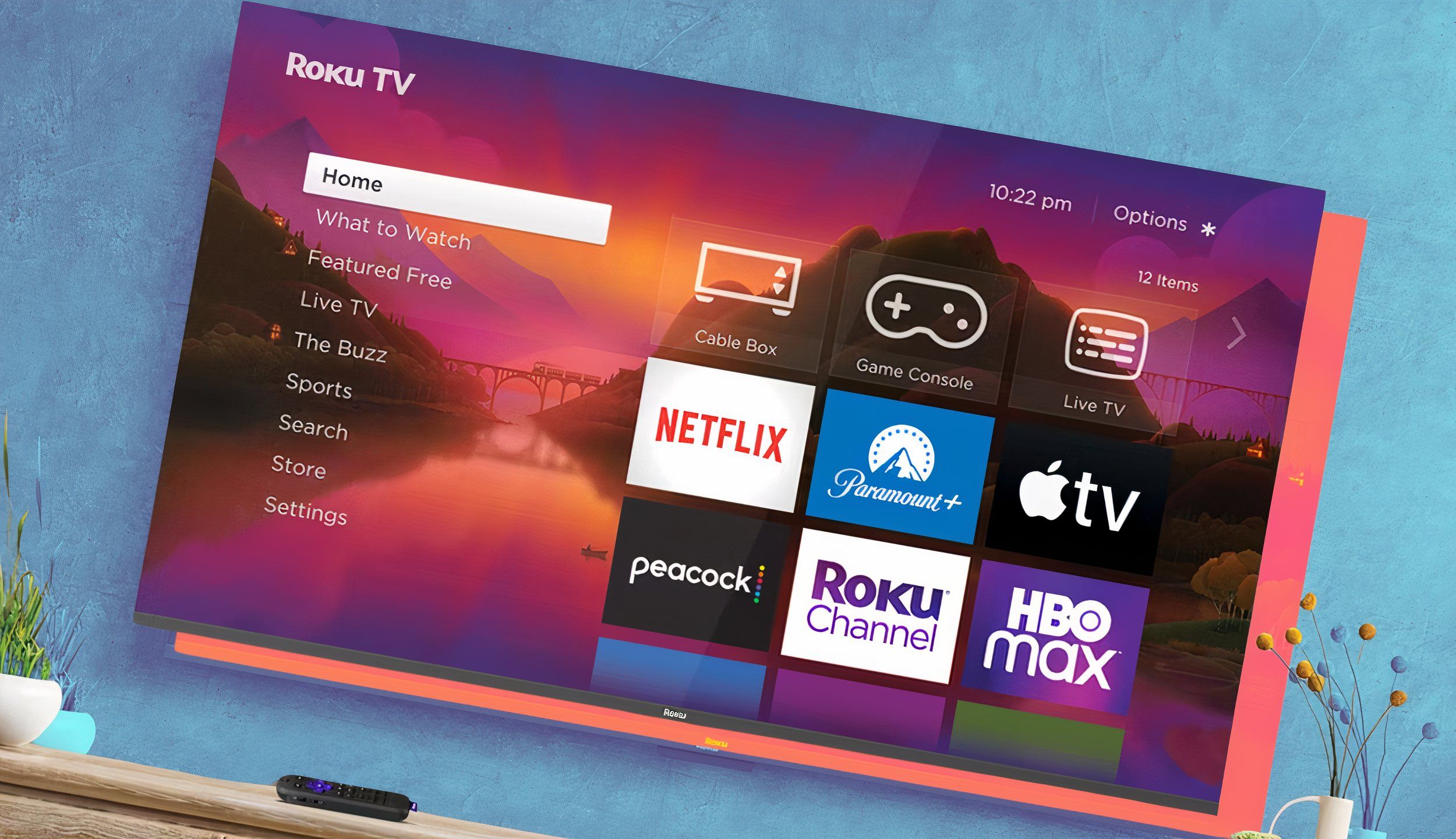
5 Roku OS features I use to get the most out of my TV
Aside from streaming, these are the five features on my Roku device I use the most.
3 Tizen
Samsung’s flagship system
Samsung
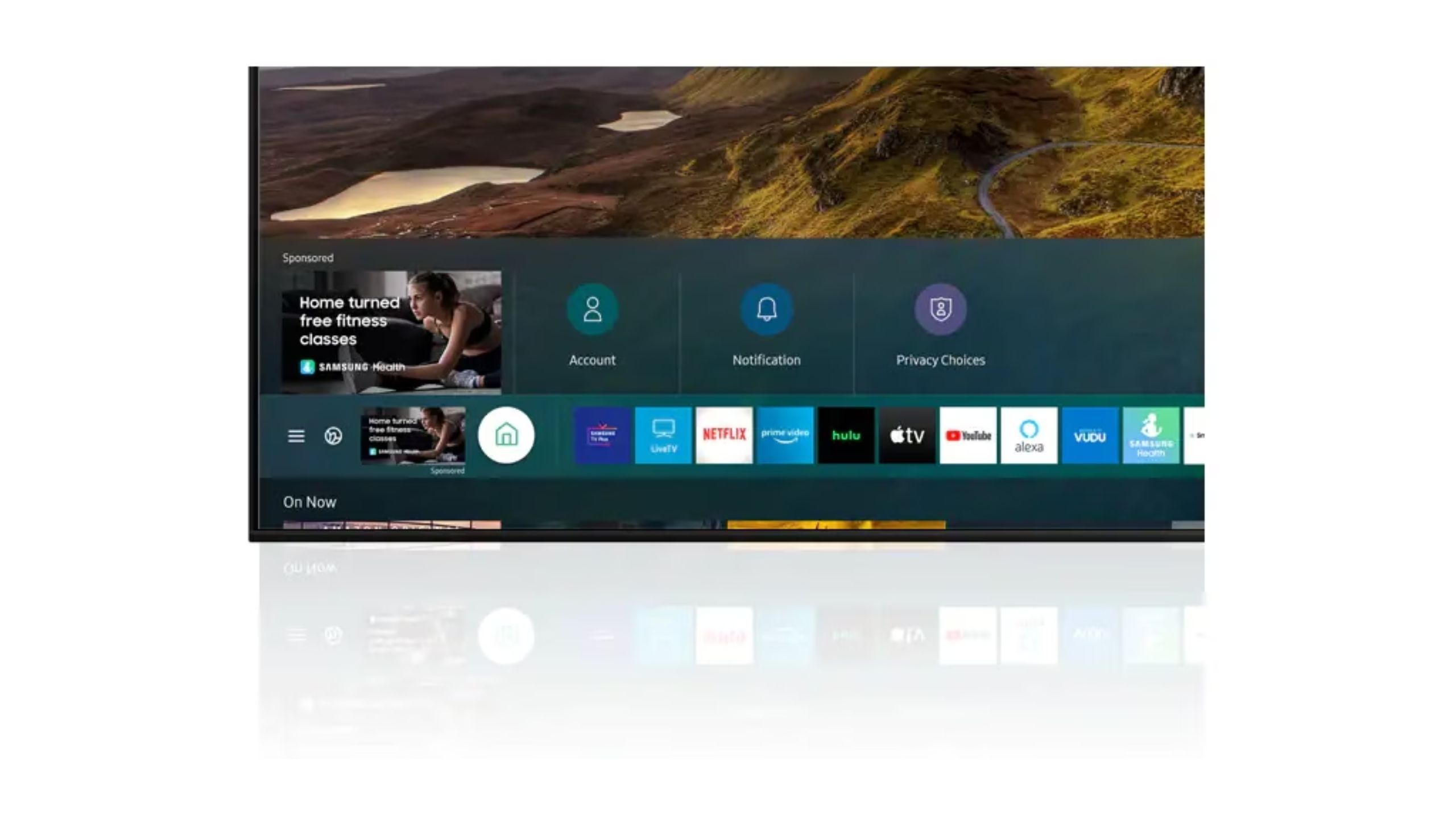
Tizen
Tizen makes it very easy to integrate any Samsung device, allowing you to cast or mirror from a smartphone or Galaxy Tab. It also offers Alexa and Google voice assistance, as well as its own helper in Bixby.
- Operating system
- Tizen (Samsung)
- Ease of use
- Moderate
- Smart assistants
- Bixby, Alexa, Google
- Ad presence
- Moderate
- App availability
- Very wide
- Notable features
- Integrates well with Samsung devices
Samsung’s smart platform boasts a lot of similar features to that of LG’s. To start, it’s found on all Samsung TVs. Like its competitors, Samsung boasts a clean and simple platform which allows users to navigate. Apps can be accessed and scrolled through at the bottom of the screen, and they can also be organized in a way that’s convenient. Depending on your perspective, the OS can either be basic or boring, but it does boast a collection of over 600 free apps available for download.
The universal search function isn’t the most helpful at times, so it’s welcome that there are virtual assistants to help with navigation. Tizen also allows, and indeed encourages, you to integrate your smart home appliances so that you can control it from the SmartThings hub.
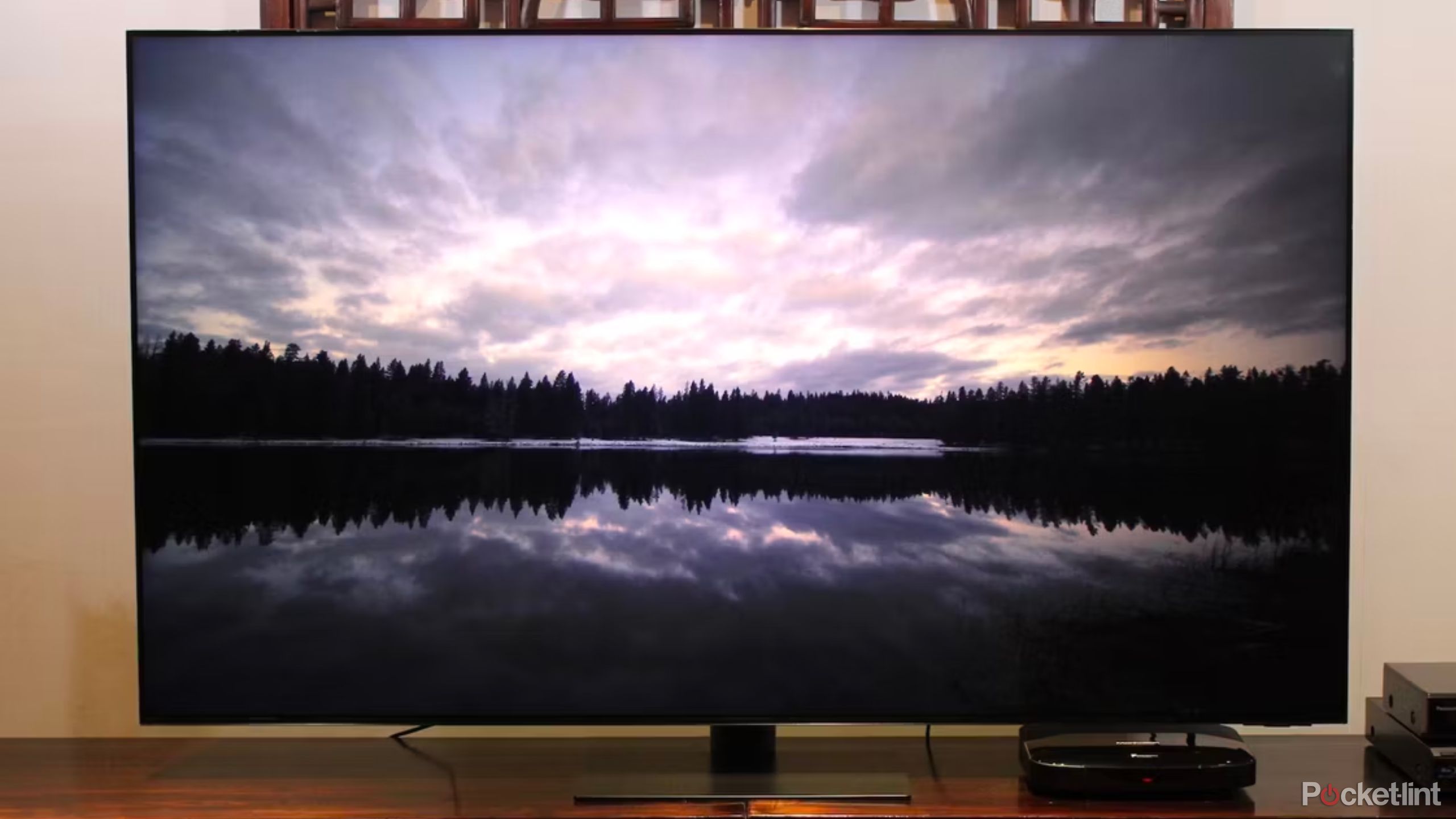
5 reasons to buy a Samsung TV over a Sony TV
An emphasis on brightness and beauty has me leaning Samsung.
2 Google TV
Comprehensive helper
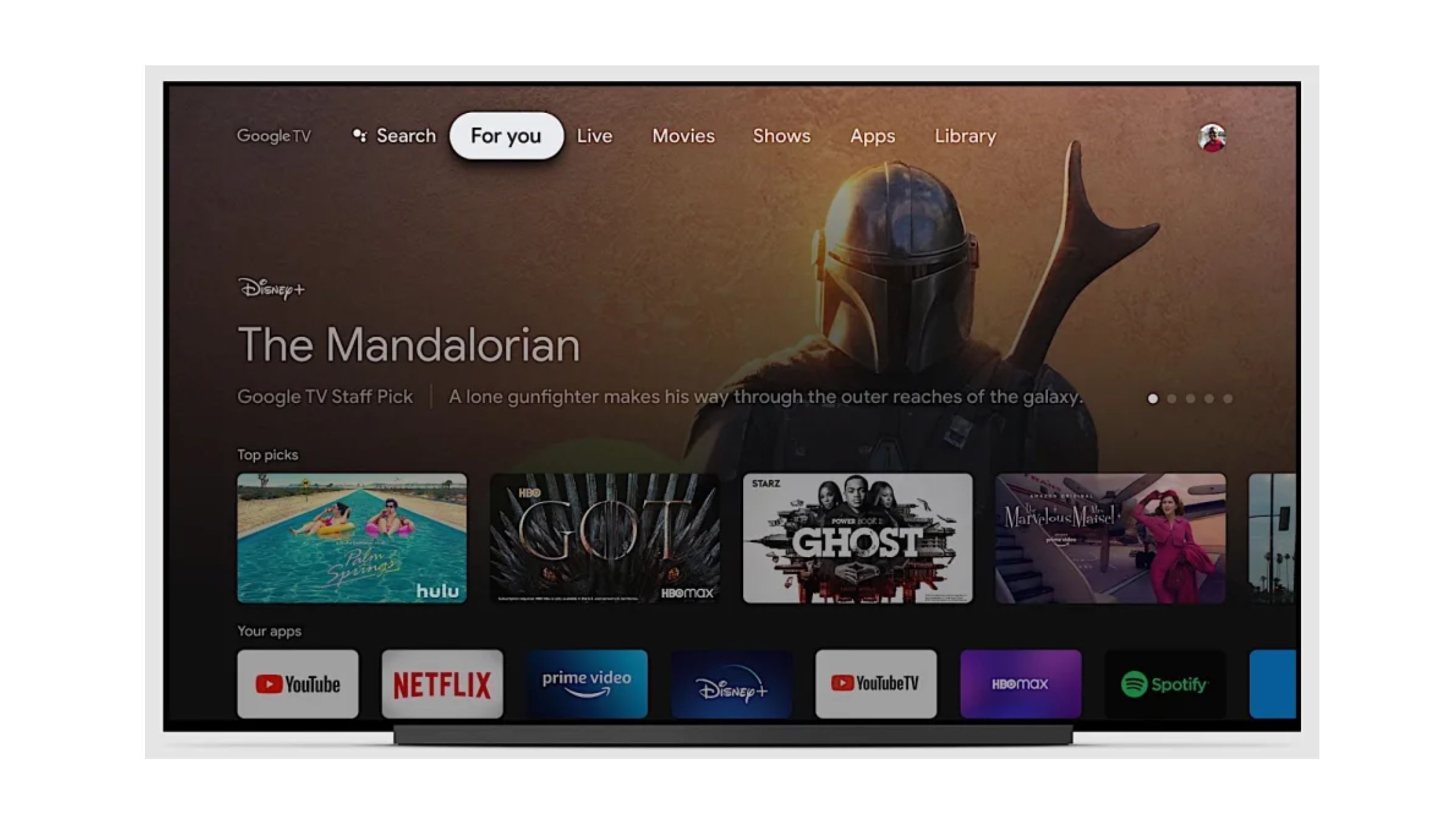
Google TV
Google TV has undergone quite a few changes in the last many years, just about all of which seem quite positive. Google TV is an updated version of Android, which may still be found on older TVs.
- Operating system
- Google TV
- Ease of use
- High
- Smart assistants
- Google Assistant
- Ad presence
- Moderate
- App availability
- Very wide
- Notable features
- AI-curated content; Chromecast built-in
Google TV is currently found most notably on Sony smart TVs, but it is also available on some TCL and Hisense models as well. It operates on the Android system, and offers access to the Google Play Store to download apps as well as Chromecast capabilities.
Smart TV operating systems basically come in one of two forms. They are either built in to the TV, like LG’s WebOS, or they can be integrated using a streaming stick or device that plugs into your TV. That means if you like how your current TV looks but not its OS, you can keep the unit while attaching a streaming stick.
Google TV offers a high level of personalization, and uses AI to help curate content selections for you. Google TV seems best poised to help anyone like myself who has a lot of shows and films they want to watch, and needs to keep things organized. It also better supports those who have Android devices at home or use a lot of Google programs. Its search function is better than most, and Google Assistant provides even more convenience.
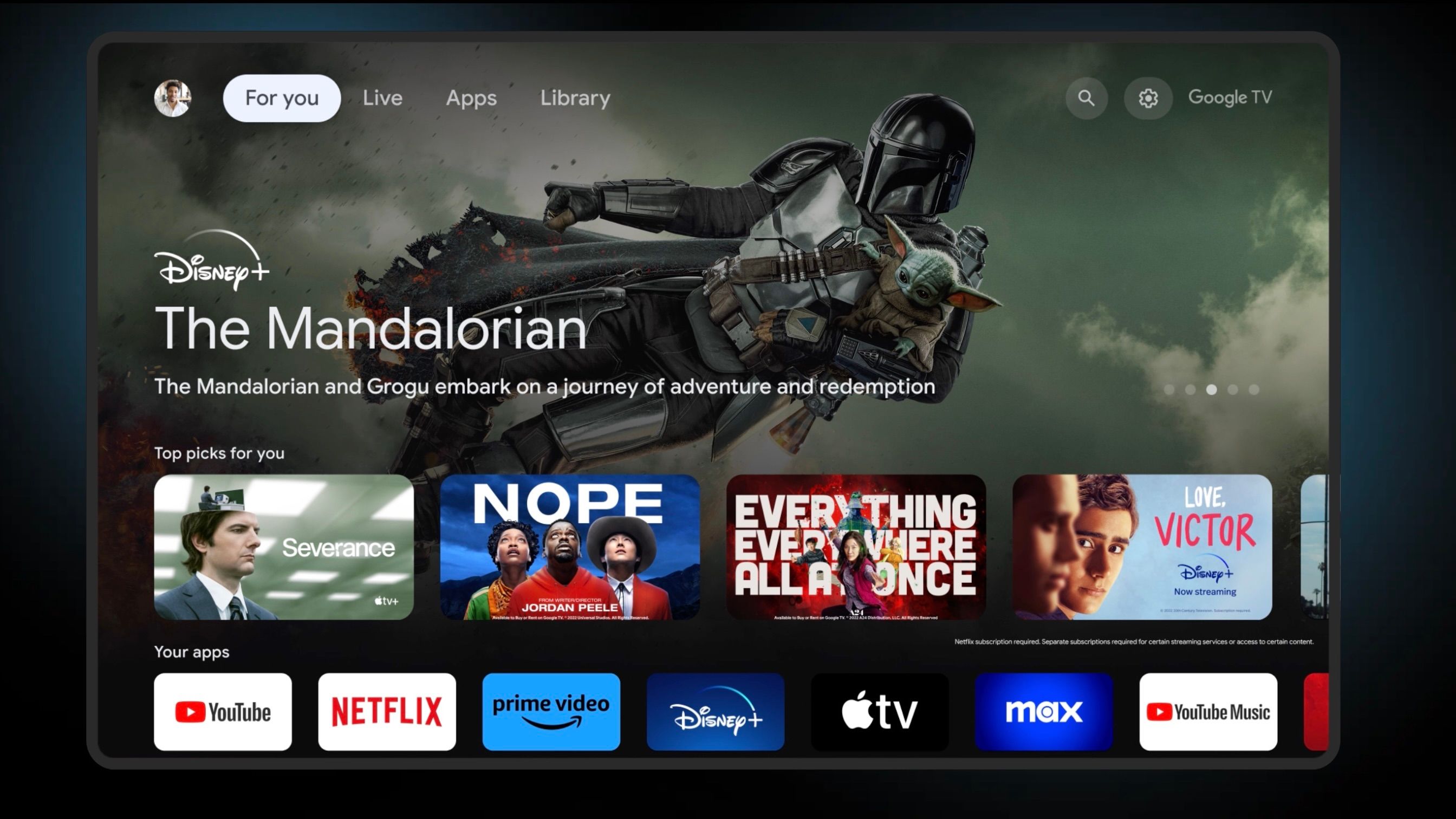
5 Google TV tips and tricks to enhance your smart TV experience
With a few of our favorite settings and features, you can quickly elevate your Google TV and streaming experience.
1 LG WebOS
Fast and simple
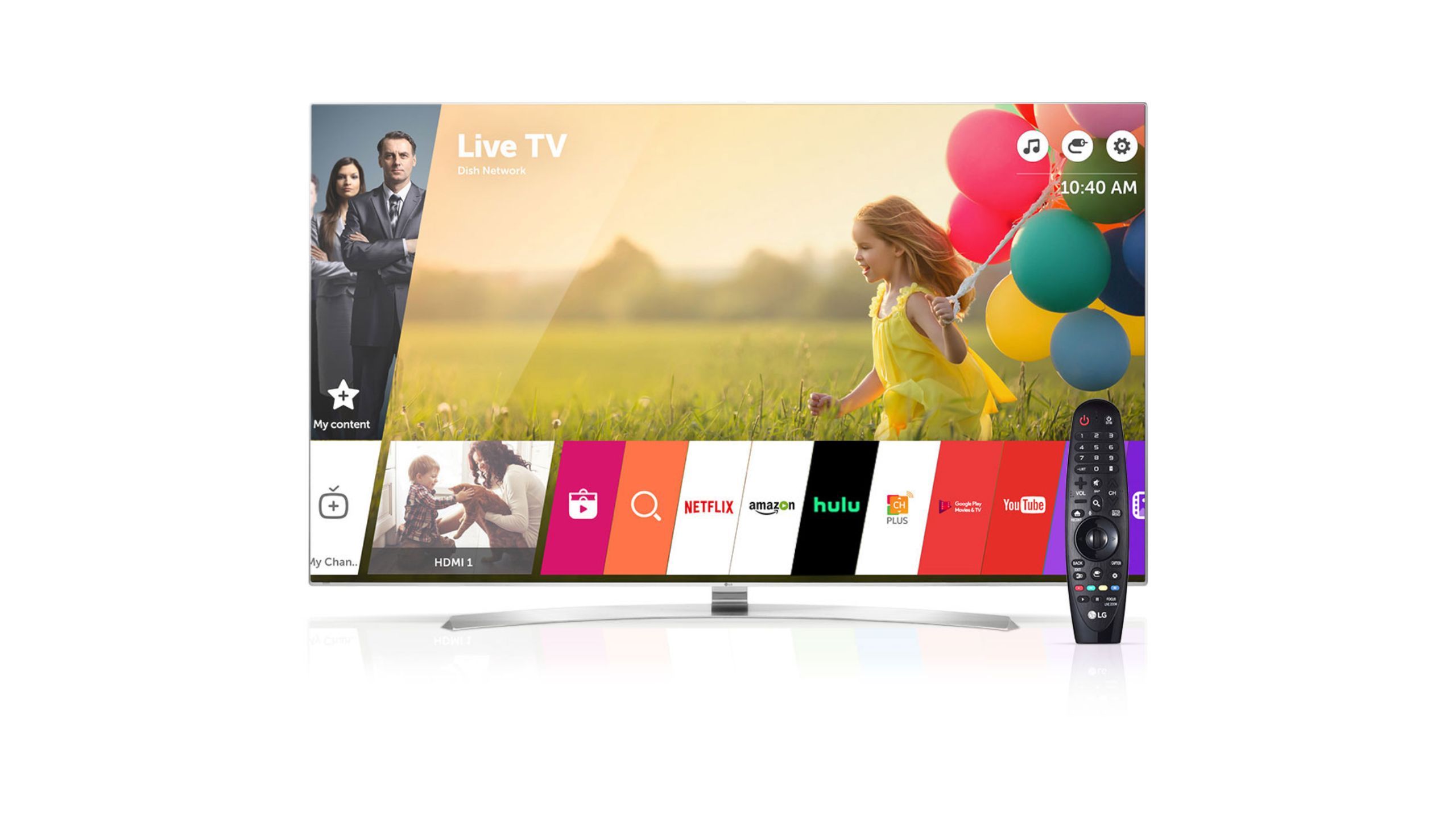
LG WebOS
LG’s platform, which is found on all of its TVs, has been around for quite some time, and like many things LG does with its TVs, other companies tend to follow suit. WebOS is widely considered one of the most intuitive and easy to use, in part due to its simple interface and basic navigation.
- Operating system
- LG WebOS
- Ease of use
- Very high
- Smart assistants
- Alexa, Google, ThinQ
- Ad presence
- Low
- App availability
- Wide
- Notable features
- User-friendly interface; minimal ads
LG TVs typically come at a high price, and part of that investment goes into a smart platform that doesn’t bombard you with ads or extras.
WebOS underwent a redesign a few years back, moving around the placement of apps and offering a dashboard at the bottom of the screen, while still maintaining its refined aesthetic.
It also supports virtual assistants in the form of Alexa and Google Assistant, as well as its own built-in ThinQ AI, which helps manage your LG-compatible smart home. LG offers a decent-size collection of apps, including access to major streaming services, though it lacks some nice options, like Crunchyroll. It supports Apple AirPlay, but only models from this year forward will support Chromecast.
Smart platforms are an important factor in determining what TV suits you best. Whether it’s built in to the model or comes via an attached streaming device, the best OS allows you to easily and quickly find exactly what you want to watch, when you want to watch it.
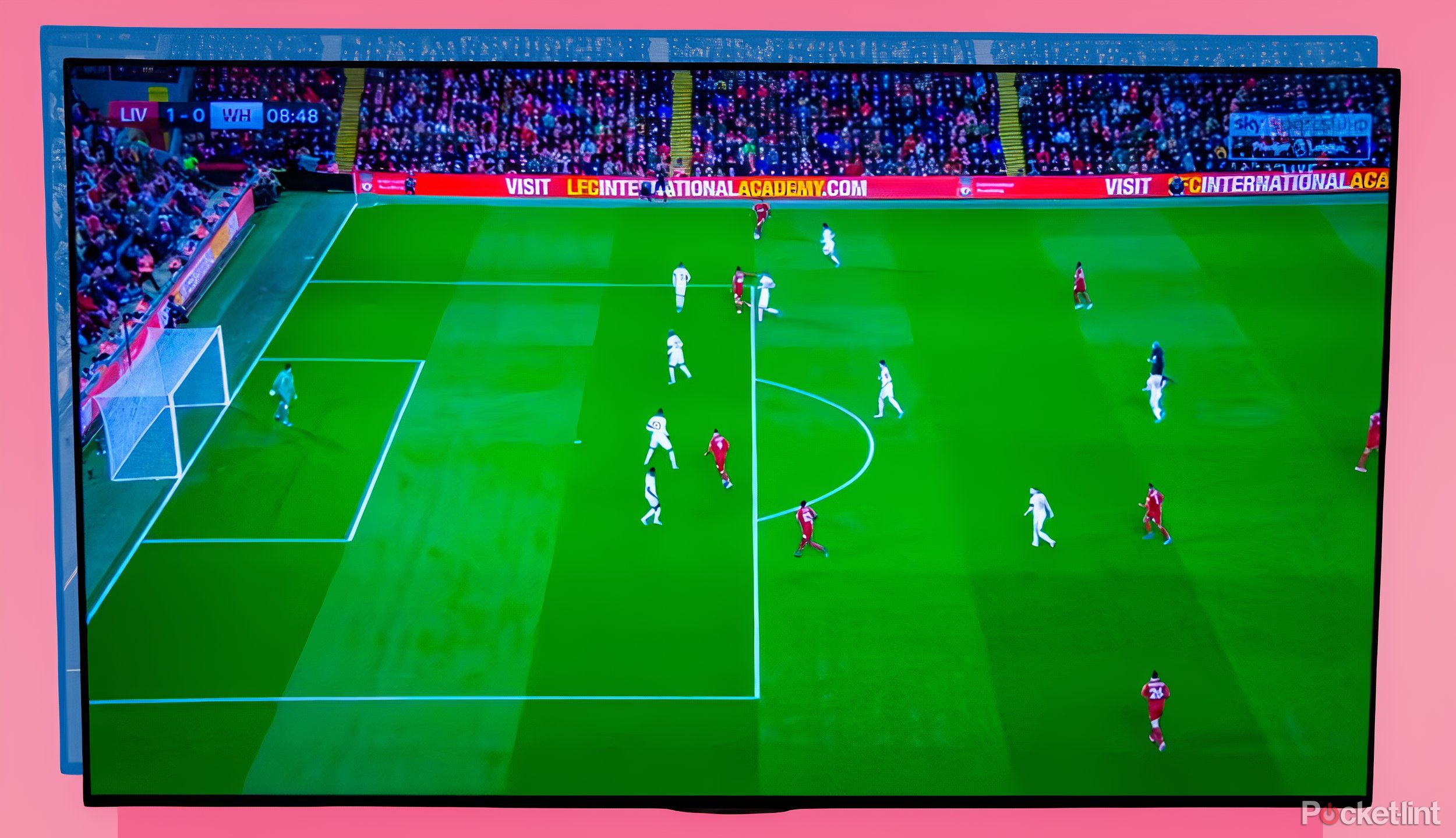
9 game-changing features every LG TV user should use
From content organization to using your phone as a remote, LG TVs have a lot of great hidden features you’ll wish you used sooner.
How I ranked these smart TV operating systems
As I evaluated smart TV operating systems, I focused on how easy they were to use and how quickly I could get around. I also looked at which smart assistants they worked with, what apps were available, and how the home screen looked. For example, LG’s WebOS really stood out for its simple interface that lets you navigate easily and its clean design that doesn’t bombard you with ads. In the end, LG’s WebOS came out on top because of its user-friendly design and efficient performance.
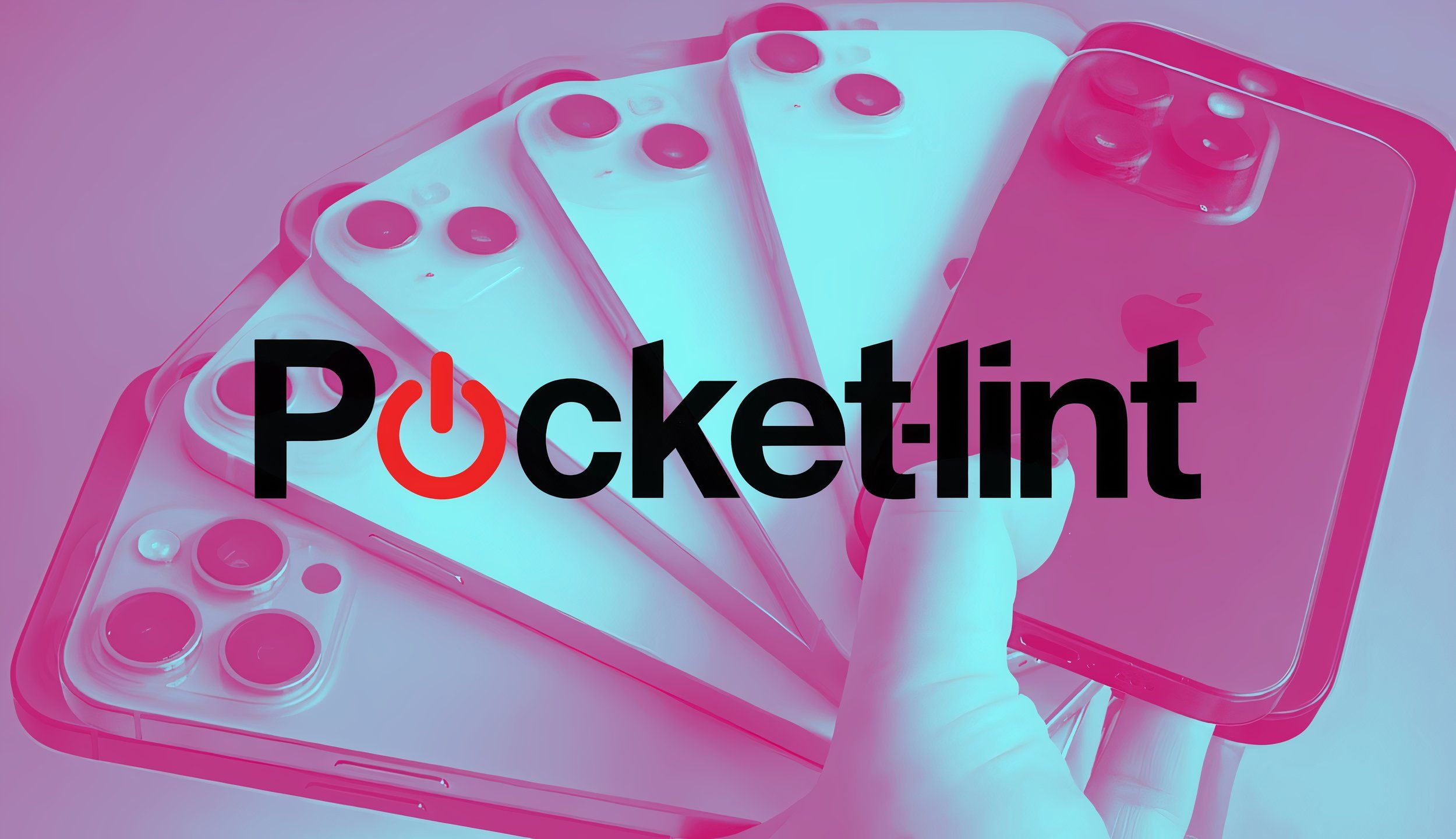
How we test and review products at Pocket-lint
We don’t do arm-chair research. We buy and test our own products, and we only publish buyer’s guides with products we’ve actually reviewed.
Trending Products

Cooler Master MasterBox Q300L Micro-ATX Tower with Magnetic Design Dust Filter, Transparent Acrylic Side Panel…

ASUS TUF Gaming GT301 ZAKU II Edition ATX mid-Tower Compact case with Tempered Glass Side Panel, Honeycomb Front Panel…

ASUS TUF Gaming GT501 Mid-Tower Computer Case for up to EATX Motherboards with USB 3.0 Front Panel Cases GT501/GRY/WITH…

be quiet! Pure Base 500DX Black, Mid Tower ATX case, ARGB, 3 pre-installed Pure Wings 2, BGW37, tempered glass window

ASUS ROG Strix Helios GX601 White Edition RGB Mid-Tower Computer Case for ATX/EATX Motherboards with tempered glass…


